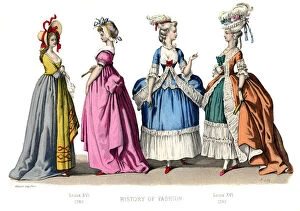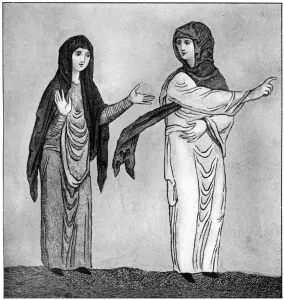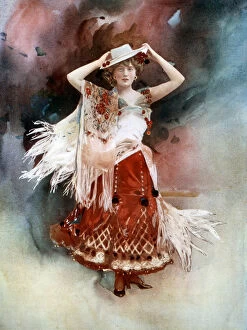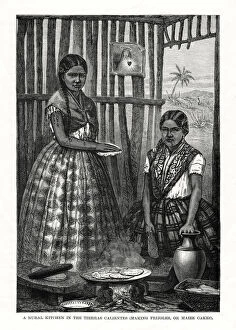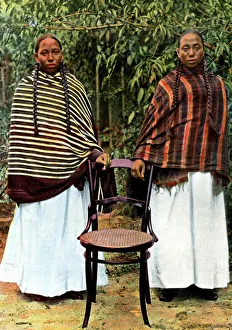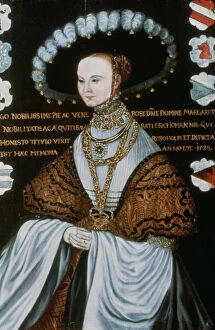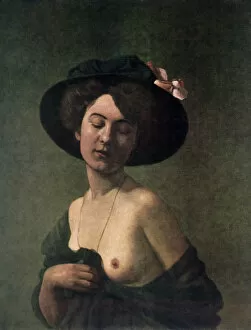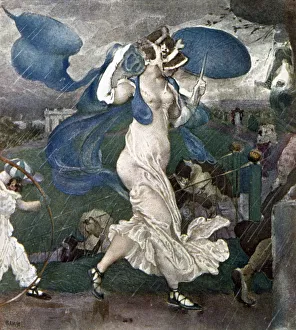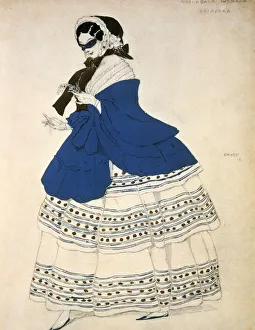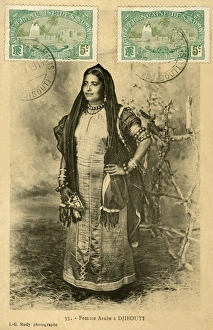Shawl Collection (page 46)
"Unveiling the Beauty of Shawls: A Multicultural Journey" Step into a world where vibrant colors and intricate patterns intertwine
All Professionally Made to Order for Quick Shipping
"Unveiling the Beauty of Shawls: A Multicultural Journey" Step into a world where vibrant colors and intricate patterns intertwine, as we explore the captivating allure of shawls. From the Rainbow illustration by Arthur Ferrier to Gypsy Splendour captured by Laura Knight, these timeless accessories have adorned women across cultures for centuries. In an era when suffragettes fought for equality, even cats donned hats and flags on shawls as symbols of empowerment. Welsh Girls in Traditional Costume proudly showcased their heritage through elegantly draped shawls, while Welsh women road builders defied stereotypes with determination and grace. Travel back to Decembre 1896 with Eugene Samuel Grasset's masterpiece, where a woman enveloped in a shawl exudes elegance against a wintry backdrop. Meanwhile, Two women at work in a Mexican kitchen depict everyday life through the lens of an unknown artist from c1850 – their colorful attire enhanced by intricately woven shawls. As Suffragette Lancashire Lass was arrested fighting for her rights, Zoroastrian (Parsee) Beauty from Iran showcases how culture intertwines with fashion through stunningly embroidered shawls. Ulster 1914 - Patriotic Postcard captures national pride amidst conflict, with women proudly displaying their loyalty through stylishly draped garments. Witness Princess Alice of Great Britain & Grand Duke Louis of Hesse embracing romance while wrapped in luxurious fabrics. And finally, journey to Muscat Oman where a semi-veiled woman captivates us with her mystique beneath an exquisite shawl. From artistry to activism and cultural expression to personal style choices – these glimpses into history remind us that beyond being mere accessories; they are powerful storytellers bridging continents and generations. They transcend boundaries and celebrate diversity while adding warmth and beauty to any ensemble. So next time you wrap yourself in your favorite shawl or admire one on display, remember the rich tapestry of stories it carries.


